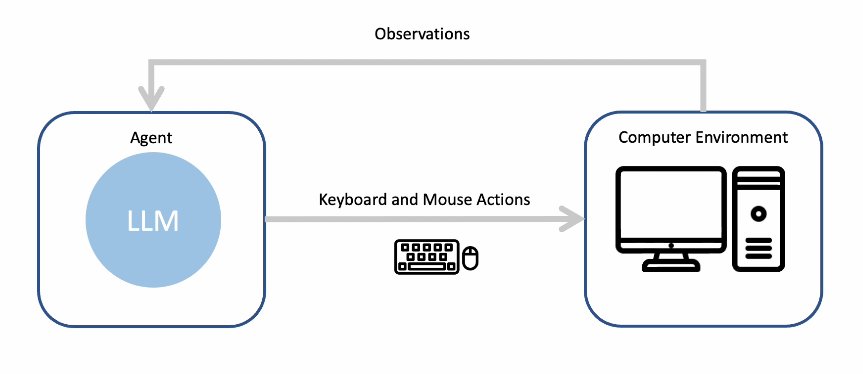2023-05-23 コロンビア大学
◆このアプローチにより、降水の強度と変動性の予測が改善され、将来の水循環と気候パターンの変化もより正確に予測できるようになります。今後は降水モデリングだけでなく、氷床や海洋表面のモデリングにも応用が広がる可能性があります。
<関連情報>
- https://www.engineering.columbia.edu/news/new-algorithm-predicts-precipiation-especially-extreme-events-more-accurately
- https://www.pnas.org/doi/10.1073/pnas.2216158120
対流組織の暗黙的な学習が降水確率を説明する Implicit learning of convective organization explains precipitation stochasticity
Sara Shamekh , Kara D. Lamb, Yu Huang and Pierre Gentine
Proceedings of the National Academy of Sciences Published:May 8, 2023
DOI:https://doi.org/10.1073/pnas.2216158120

Significance
In nature, precipitation exhibits a significant variance with many extremes of precipitation, while climate models predict a smaller variance in precipitation with a bias toward light rain. Here, using a machine learning approach, we show that 1) we can implicitly learn relevant information about the role of the organization of clouds on precipitation, and 2) including this information can significantly improve precipitation prediction in climate models. Our implicitly learned organization metric explains precipitation stochasticity almost entirely and could replace a stochastic parameterization in climate models. Additionally, this metric exhibits a temporal correlation, caused by the persistence of cloud structure, and thus can be predicted using its own history.
Abstract
Accurate prediction of precipitation intensity is crucial for both human and natural systems, especially in a warming climate more prone to extreme precipitation. Yet, climate models fail to accurately predict precipitation intensity, particularly extremes. One missing piece of information in traditional climate model parameterizations is subgrid-scale cloud structure and organization, which affects precipitation intensity and stochasticity at coarse resolution. Here, using global storm-resolving simulations and machine learning, we show that, by implicitly learning subgrid organization, we can accurately predict precipitation variability and stochasticity with a low-dimensional set of latent variables. Using a neural network to parameterize coarse-grained precipitation, we find that the overall behavior of precipitation is reasonably predictable using large-scale quantities only; however, the neural network cannot predict the variability of precipitation (R2 ∼ 0.45) and underestimates precipitation extremes. The performance is significantly improved when the network is informed by our organization metric, correctly predicting precipitation extremes and spatial variability (R2 ∼ 0.9). The organization metric is implicitly learned by training the algorithm on a high-resolution precipitable water field, encoding the degree of subgrid organization. The organization metric shows large hysteresis, emphasizing the role of memory created by subgrid-scale structures. We demonstrate that this organization metric can be predicted as a simple memory process from information available at the previous time steps. These findings stress the role of organization and memory in accurate prediction of precipitation intensity and extremes and the necessity of parameterizing subgrid-scale convective organization in climate models to better project future changes of water cycle and extremes.


